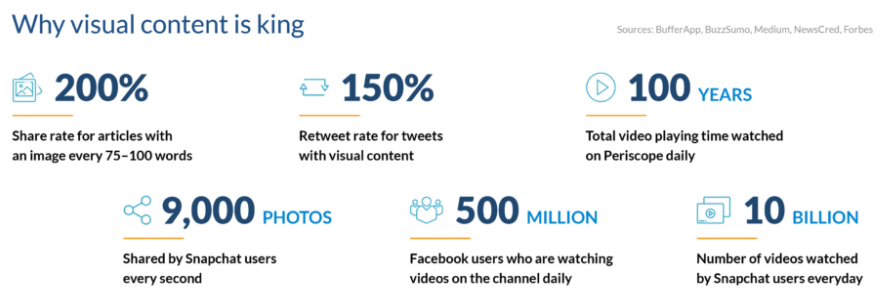You’ve just penned a killer article. It’s smart, it’s insightful — it should be the talk of the town. Yet when you check your site analytics, there’s barely a blip on the radar.
What gives?
Turns out, writing is only half the battle in digital marketing; what wins the war is optimized content marketing.
This guide cuts through the noise to show you how to shine online. We’ll walk through creating meta tags that grab attention and title tags that get clicks because let’s face it — search engines lead readers right to your doorstep.
You’ll also find out how to weave keywords into your posts like a pro so people actually find them when they’re scouring Google for answers. And because eye-catching visuals matter too, we’ll cover optimizing those images and videos without missing a beat.
The best part? You don’t need wizard-level skills — just some solid know-how and elbow grease can skyrocket engagement with every post you publish.
Want to build a real money-making blog, 10x faster with the use of AI? Check out our AIO Blogger course.
Table Of Contents:
What is Content Optimization?
In the digital marketing world, content optimization plays a pivotal role in enhancing your online visibility. It’s an intricate process that involves tailoring your website’s content to align with search engine algorithms and rank higher on search result pages.
If you’re a business owner, regardless of the size of your enterprise, you understand how crucial it is to market your brand effectively. Successful marketing not only helps in acquiring new customers but also retains existing ones – leading to increased sales and profits.
In this context, the content featured on your website, blog posts, and landing pages becomes an integral part of your overall marketing strategy.
The Importance of Content Optimization
Creating engaging content alone isn’t enough; ensuring its visibility to potential customers through search engines is equally important.
A key aspect of achieving success in content optimization lies in understanding how search engines work. They utilize sophisticated algorithms that evaluate numerous elements from authority signals to backlink profiles when ranking webpages against relevant user queries.
Making Your Content Visible And Impactful
To ensure maximum reach and effectiveness for all the hard work you put into your content creation, it’s important to understand and implement content optimization techniques. This includes everything from keyword research, on-page SEO practices like URL, and off-page SEO strategies such as generating high-quality backlinks.
Remember: Even the most compelling content will fall flat if it doesn’t reach its intended audience — hence why a strong focus on content optimization is crucial for any business looking to grow online.
How Do You Know If You Need Content Optimization?
If your website isn’t getting the traffic or engagement it deserves, there’s a high chance that your content could use some optimization. But how can you be sure?
Here are some telltale signs:
- Poor Search Engine Rankings: Your content should ideally appear on the first page of search engine results for relevant keywords. If it doesn’t, SEO might just be what’s missing.
- Low Engagement Rates: If visitors aren’t interacting with your site by leaving comments, sharing posts, or clicking through to other pages, this is another sign that your content may not be resonating with them and needs optimizing.
- High Bounce Rate: A high bounce rate indicates people leave quickly after landing on your page without taking any action. This often means they didn’t find what they were looking for — an issue that optimized content marketing can help address.
Optimizing effectively requires understanding both SEO principles and who exactly makes up your audience. The better aligned these two factors are, the more likely that users will engage meaningfully with what you’re offering.
The bottom line? Don’t ignore these red flags! They’re telling you something important about how poorly positioned your business currently stands in terms of online visibility and relevance – both crucial elements when trying to sustain growth.
Optimizing Text
Think of optimized content marketing as the spine holding up your digital strategy. It’s not just about churning out blog posts or social media updates; it’s about fine-tuning every piece to make sure it resonates with both search engines and humans alike.
Title Tags That Drive Click-Through Rates
The <title> tag in HTML code serves a vital role in both search engine optimization (SEO) and user experience. It tells users what your page is about, whether they’re looking at search results or browsing through tabs on their browsers.
Every time you craft a title tag, imagine you’re dangling a carrot in front of potential visitors. Your goal is to make that carrot irresistible.

Start by making your title tags shout “click me” but keep them honest — no clickbait here. Include keywords naturally because when they match up with a user’s search term, bingo — you’ve caught their eye.
We know from research that clear, descriptive titles increase the likelihood someone will choose your link out of all others on the SERP page.
Beyond just describing the page’s content for audiences, title tags are also used by search engines as link text in their results pages. They even appear when someone shares your webpage on social media networks — making them essential tools for promoting visibility and click-through rates.
Craft Meta Descriptions That Sell Your Content
Your meta description acts like an elevator pitch for each page: short and snappy yet full of promise. The best ones tell users exactly what they’ll find when they click through — and remember, including relevant long-tail keywords can help align expectations perfectly.
This is why crafting precise descriptions isn’t just fluff work — it directly impacts whether someone feels compelled enough to explore further into what you have provided.

An effective meta description should accurately represent the linked content while enticing readers to click through with engaging language.
Remember though — keep these concise! Search engines typically truncate any text beyond 150-160 characters, so make every word count!
Note: Avoid generic phrases like “Welcome to our homepage”. Instead, provide a compelling reason for users to click through and learn more about your content.
Optimizing text is an integral part of creating an effective online presence. By paying careful attention to title tags and meta descriptions, you can enhance the visibility of your website while providing valuable information that encourages visitors to explore further.
Align Content with User Search Queries
In optimized content marketing, understanding and meeting search intent is key. This means using target keywords smartly so people who need what you offer can find you easily via search engines.
Consider user queries as questions needing specific answers — your content should be those answers.
Remember folks might use additional terms in their searches so consider synonyms and related phrases too.
Link Your Content Strategically
Internal linking serves as the scaffolding for your website’s structure, providing multiple benefits that enhance content optimization. By strategically embedding links within your text that connect to other relevant pages or articles on your site, you effectively guide users and search engines through a network of information.
This approach can bolster user engagement by keeping visitors circulating within your site, thus reducing bounce rates and increasing the time they spend engaged with your content.
From an SEO perspective, internal linking distributes page authority across different pages, which can help lesser-known pages gain visibility in search engine rankings when linked from higher-authority ones.
Moreover, these connections enable search engines to crawl the site more efficiently; clear pathways mean easier indexing of web pages.
Internal links also help establish a hierarchy on your site. By highlighting certain pages as important through numerous links, you signal their value to crawlers.
By using descriptive anchor texts for these links (the clickable words), you provide context about the destination page’s subject matter not only to users but also to algorithms parsing content for relevance.
Furthermore, well-implemented internal linking can facilitate topic clusters around core subjects. Creating such ecosystems improves topical strength and domain expertise perception since it presents organized packets of knowledge interlinked logically around central categories.
When structuring links, always prioritize user experience. Overloading a single page with excessive hyperlinks could detract from readability and dilute each link’s potential impact.
Optimizing Images
In the digital age, visual content is king. But it’s not enough to simply have images on your website — they need to be optimized for search engines.
Search engines can’t read images, so they have to rely heavily on text-related tags to learn what the image is all about.
Alt tags serve as alternate text descriptions when an image fails to load or to help visually impaired users who use screen readers. They play a crucial role in improving your site’s accessibility and SEO performance by providing context about what your images are representing.
To optimize alt tags, you should choose simple yet keyword-rich phrases describing each image on your website accurately. For example, instead of using ‘image1.jpg’, use ‘red-apple-on-table.jpg’ if it’s a picture of a red apple sitting on a table.
Besides alt tags, there are also title or hover-over texts called Image Tags that appear when someone hovers over an image with their cursor. These tags help provide additional context about the purpose and relevance of your visuals. With the right keywords, they further enhance visibility during searches.
Note: While optimizing images, remember to also consider the file name and location (source) of your image files. A clear, descriptive filename can provide additional context about an image and help it rank in search results.

Source: Finances Online
Optimizing Videos
Video content is an essential tool for businesses to engage with their audience – these are like real estate gold in digital marketing today.
However, creating compelling videos is only half the battle; optimizing them effectively can greatly enhance your brand’s visibility and reach. Here are some strategies you should consider:
Create a Branded Channel
The first step towards successful video optimization involves establishing a branded channel on your preferred video platform. This not only increases brand recognition but also provides leverage for other forms of content that you produce.
Optimize Video Titles
Your video title plays a crucial role in attracting viewership and improving search engine rankings. It should contain relevant keywords without compromising its appeal to the viewer’s interests.
Write Descriptive Video Summaries
A well-crafted description gives potential viewers an idea of what they can expect from your video while simultaneously boosting SEO performance by including relevant keywords.
Note: Your primary focus should be addressing the needs of your audience rather than appeasing search engines alone.
Add Links To Your Website In The Description
To further optimize your videos, include links leading back to related pages on your website within each description box. This will guide interested viewers towards additional resources or information provided by you.
Source: Oberlo
Optimizing News
In the digital age, every business owner with a website has become a publisher. You can now produce and report on industry-related news through various channels like blogs and dedicated “news” sections on your site or social networks.
Creating optimized news content is crucial for your organization’s recognition as an insightful source of relevant industry news.
Getting into Google News
To ensure that your website’s news feed gets included in Google News results, you need to submit your blog or press release sections directly to Google News. The team at Google will review your content and if it meets their explicit requirements, they’ll include it in their search results.
The Importance of Static URLs
Publishing each article on a separate page within your site (i.e., using static URLs) helps rank alongside other authentic news sites. This practice helps search engines to index individual articles effectively, which ultimately increases visibility online.
Keyword Optimization: A Must-Have Strategy
Your news articles should be keyword-optimized just like any other type of content you publish. Include relevant keywords throughout the body text but avoid keyword stuffing.
If there are photos or videos embedded within the piece, make sure these elements are also appropriately optimized according to SEO best practices.
Remember, effective long-form content marketing isn’t just about quantity but quality. By optimizing each piece carefully and correctly, you’re not only increasing chances of discovery but also fostering ongoing reader interest that benefits both parties involved — readers get valuable insights while businesses gain increased visibility and credibility.
Optimizing for Social Media Shares
Gaining traction on social media is a critical aspect of successful content marketing. The key is to optimize content to encourage readers to share it across their networks. But how can you make this happen?
The first step is creating engaging headlines that spark curiosity and conversation. A dash of controversy can often be beneficial here — but remember, it’s crucial to strike a balance. You want to incite interest without alienating or offending your audience.
Your content should offer real value, providing information or insights that are useful and relevant to your readership.
Crafting Shareable Content
Just as important as an enticing headline is the body copy itself. Your writing should captivate your reader’s attention and inspire them to pull out quotable moments they can readily share on their social media platforms.
Good practice involves formatting these potential “shareable moments” so they stand out from the rest of the text, making them easy for users to identify and distribute among their followers.
Social Sharing Buttons: Make Them Visible!
To further facilitate sharing, ensure that social share buttons are included on all web pages – not hidden away where users have difficulty finding them! These buttons allow readers with just one click (or tap) instantly post links back to your site onto their preferred platform(s).
By following these tips, you’ll be on your way to optimizing your content for maximum shares – growing visibility, expanding reach, and building a sustainable business through optimized content marketing.
Optimizing for Backlinks
The journey to improve your off-page SEO begins with creating high-quality content. If you’ve been diligently following the on-page optimization tactics, then you’re already a step ahead in enhancing your off-page SEO.
Let’s dive into some additional strategies that can help earn valuable backlinks and enhance your site’s authority.
An effective way to attract other sites to link to your content is by offering unique insights that readers cannot find elsewhere. This could mean focusing on new developments in a field, sharing original ideas, or incorporating exclusive research data.
Featuring an industry expert not only adds credibility but also increases the chances of them linking back to your content once it’s published. You might consider inviting an expert guest author or hosting webinars on trending topics within their expertise.
Apart from improving on-page SEO, engaging visuals like infographics are highly shareable content pieces that can garner more backlinks pointing toward your site as the source of information.
Similarly, informative videos and helpful downloadable resources can serve as bait for attracting links.
Incorporating these practices will give you a head start in optimizing for quality backlinks — an essential component of off-page SEO.
Don’t Know How to Start Optimizing Your Content?
If this question resonates with you, then Content Hacker can help. Here we’ll teach you not only content optimization but also how to build effective SEO campaigns.
Master optimized content marketing, and watch your brand soar.
You’ve learned the essentials: crafting meta tags that turn heads, writing title tags that get clicks, and weaving in keywords to meet your audience right where they Google.
Tackle those meta descriptions with clarity and punch. Remember how crucial these snippets are — they’re your digital handshake with potential readers scrolling through search results.
Don’t just upload images; optimize them. Alt tags aren’t afterthoughts; they’re golden opportunities for visibility.
And videos? Size them right to keep users glued.
Dive into this knowledge pool often. Use it as a springboard for every piece of content you create because when you do, engagement spikes, rankings rise, and success is no longer just possible — it’s expected.
It’s time to build your blog empire.
Want to be a real Content Hacker along with us, but not sure where to start?
We’ve got custom-created resources just for you, friend.
Get inside the Content Hacker Community ❤️ – at just $20/month, it’s a no-brainer. On-call, expert support, live calls, and so much more.
Want to go deeper? Check out our AIO Blogger course – an immersive one-week course teaching you everything you need to know to build a money-making online blog.
Can’t WAIT to welcome you inside.
with gratitude,
Julia







